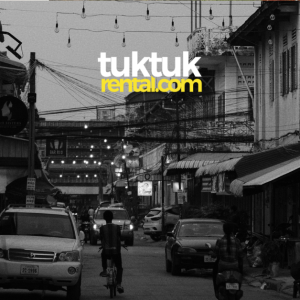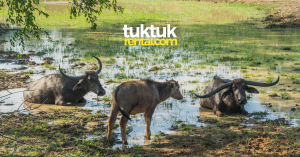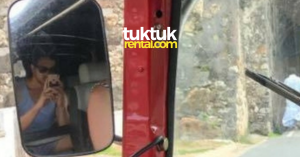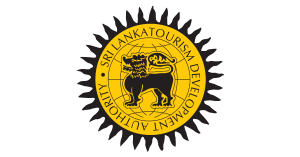Before you set off on your tuktuk adventure through Cambodia’s breathtaking landscapes, it’s crucial to understand how the local currency works. From the bustling streets of Phnom Penh to the tranquil temples of Angkor Wat, being prepared with the right financial know-how will allow you to focus on the experiences that matter.
Currency in Cambodia
Most places use an exchange rate of USD 1 = 4,000 KHR, though the actual rate fluctuates around 1:4,100. Previously, there had been an issue with ripped US Dollar notes being rejected, but a recent government decree has resolved this, and vendors should now accept (slightly) damaged notes. If you are bringing USD with you, it might still be a good idea to bring clean, undamaged bills to avoid any potential issues. Also keep in mind that market vendors and small stores often struggle to provide change for denominations larger than $20, so carrying smaller notes is advisable for small purchases.
Can I withdraw money in Cambodia?
ATMs are widely available throughout major cities in Cambodia, and some will allow you to withdraw money in either US Dollars or Riel. Both currencies are widely accepted, and while most prices are listed in US Dollars, you can often ask to pay in Riel and may even receive a mix of both currencies as change.
Most ATMs in Cambodia charge a withdrawal fee, which can be over $5, but fees vary depending on the bank. It’s worth shopping around to find an ATM with lower fees. Popular banks like ABA, Canadia Bank, ACLEDA, and BRED Bank typically accept international cards, including Visa and Mastercard. However, not all ATMs accept foreign cards, so you may need to try a few before finding one that works.
Before using an ATM, check whether your home bank charges additional international withdrawal fees. To save on costs, consider withdrawing a larger amount in one transaction to avoid multiple fees during your stay.
Can I use a card to pay in Cambodia?
Card payment is accepted in many tourist destinations, restaurants, and larger stores, but it’s not the primary payment method in Cambodia. Many small vendors, street markets, and rural areas still require cash. To be on the safe side, always have cash with you, as you should not rely solely on your card.
The most common way of paying in Cambodia is through QR codes, which you will see almost everywhere, even at the smallest street vendors. This is how locals make payments. Simply use your phone to scan the QR code, and you can pay on the spot. It’s fast, convenient, and widely accepted.
The Bakong Tourist App (QR Code)
If you want to shop like a local, the Bakong Tourist App is your way to use QR codes for payments. To get started, download the app from your app store, register by uploading a picture of your passport, and wait for verification (this can take a few hours).
Once verified, link your personal bank card under the “Cards” section and use the “Withdraw from Card” option to load money onto the app. While there is a small fee for loading funds, it’s significantly less than ATM withdrawal fees. Test the app by loading a small amount first to ensure everything works smoothly. You can also transfer funds between USD and Riel at the standard exchange rate, making it flexible for all types of payments.
Keep in mind that you’ll need an internet connection to use the app, but this should be no issue if you have a local SIM card. Using the Bakong App is an excellent way to embrace the local payment system while avoiding the hassle of carrying cash.





